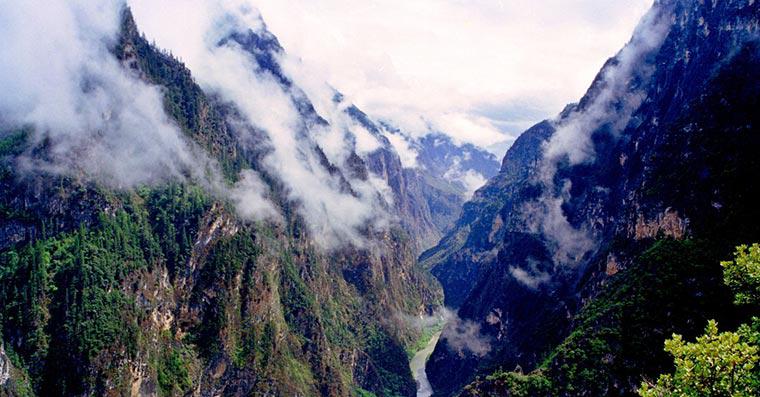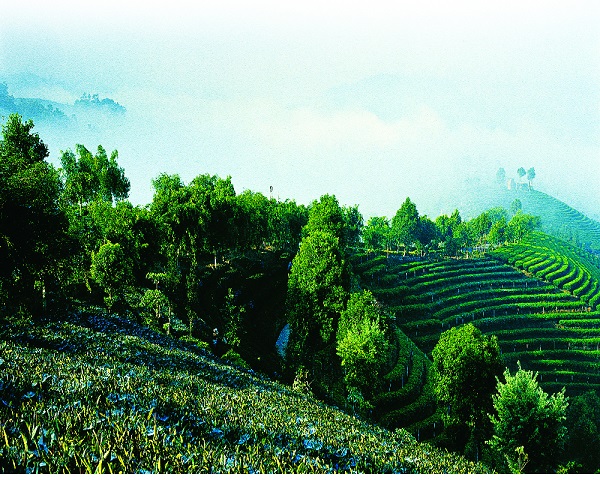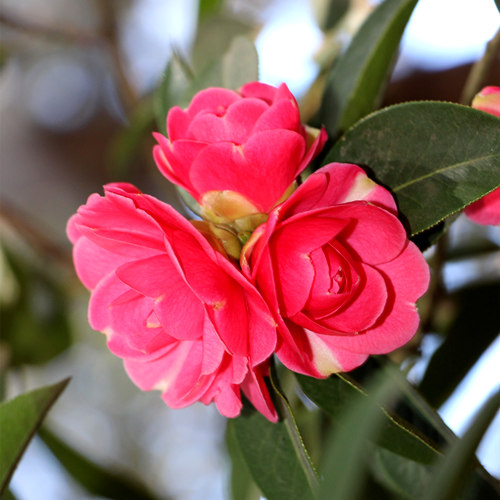
Detailed Introduction to Shangri-La City of Diqing Prefecture
Shangri-La City (香格里拉市), formerly known as Zhongdian County (中甸县), is the capital of Diqing Tibetan Autonomous Prefecture (迪庆藏族自治州) in northwestern Yunnan Province, China. Situated at the intersection of Yunnan, Sichuan, and Tibet, Shangri-La is celebrated as the gateway to the Tibetan Plateau and as the “Land of Eternal Peace and Beauty” that inspired the name Shangri-La from James Hilton’s 1933 novel Lost Horizon.
Geographical Overview
Shangri-La lies in the northeastern part of Yunnan Province, covering an area of about 11,600 square kilometers. The city sits at an average elevation of 3,200 meters, surrounded by towering snow-capped mountains, deep gorges, and highland meadows. It borders Deqin County to the north, Weixi County to the south, Daocheng (Sichuan) to the northeast, and Tibetan Autonomous Region to the northwest.
The area belongs to the Hengduan Mountain Range, featuring dramatic vertical landscapes where rivers like the Jinsha (upper Yangtze), Lancang (Mekong), and Nujiang (Salween) flow in parallel. The climate is a plateau monsoon type, with cool summers, cold winters, and abundant sunshine year-round. The average annual temperature is about 5°C–12°C, with the best travel season being from May to October when flowers bloom and grasslands turn golden.
History and Development
Historically, Shangri-La was a vital station on the Ancient Tea Horse Road, linking Yunnan with Tibet and beyond. For centuries, it served as a trade and cultural hub between the Tibetan, Naxi, and Han peoples.
In 2001, Zhongdian County was officially renamed Shangri-La City to reflect its mythical and natural allure and to promote tourism and cultural exchange. Today, Shangri-La functions as both the political and economic center of Diqing Prefecture and as one of Yunnan’s most renowned eco-cultural tourism destinations.
Ethnic Composition and Culture
Shangri-La is home to a rich mosaic of ethnic groups, including Tibetans (the majority), Naxi, Lisu, Han, and Yi peoples. Tibetan culture dominates the city’s landscape and traditions, visible in the architecture, monasteries, festivals, and daily life.
Religion and Belief: Tibetan Buddhism is deeply rooted, and Songzanlin Monastery (松赞林寺)—the largest Tibetan Buddhist monastery in Yunnan—is considered the spiritual heart of the region.
Festivals: The Horse Racing Festival, Butter Lamp Festival, and Gedong Festival are vibrant events showcasing traditional music, dance, and prayer rituals.
Architecture: The region’s Tibetan houses, prayer flags, and mani stones reflect harmony between human life and nature.
Economy
Shangri-La’s economy relies heavily on tourism, agriculture, animal husbandry, and renewable energy. The area is known for its yak products, highland barley, matsutake mushrooms, and traditional Tibetan handicrafts.
Tourism has become the dominant industry, attracting millions of domestic and international visitors annually. Eco-friendly tourism initiatives and rural homestay programs help preserve local culture while improving community livelihoods. Additionally, hydropower and clean energy projects contribute to regional development in an environmentally conscious manner.
Tourism and Attractions
Shangri-La is one of Yunnan’s most celebrated destinations, known for its majestic landscapes, rich biodiversity, and Tibetan cultural charm. Notable attractions include:
🏔️ Songzanlin Monastery (松赞林寺): Often called the “Little Potala Palace,” it is the largest and most important Tibetan Buddhist monastery in Yunnan.
🌿 Pudacuo National Park (普达措国家公园): China’s first national park, featuring alpine lakes (Bita Lake, Shudu Lake), virgin forests, and grasslands teeming with wildlife.
🌄 Napa Lake (纳帕海): A seasonal wetland near the city, offering stunning views of migratory birds and grazing yaks.
🏡 Dukezong Ancient Town (独克宗古城): With a history of over 1,300 years, this ancient Tibetan town is filled with cobbled streets, prayer wheels, and traditional wooden houses.
🏕️ Balagezong Scenic Area (巴拉格宗): Known as “the last secret place of Shangri-La,” it features dramatic gorges, waterfalls, and sacred mountains.
🌸 Meili Snow Mountain (梅里雪山, near Deqin): Though outside Shangri-La City’s core, it is a major pilgrimage destination often reached via Shangri-La as the starting point.
Transportation
Shangri-La serves as a transport hub for northwest Yunnan.
Air: The Diqing Shangri-La Airport (DIG) offers flights to Kunming, Lhasa, Chengdu, and other cities.
Road: National Highway G214 links Shangri-La with Lijiang (180 km, about 3 hours



